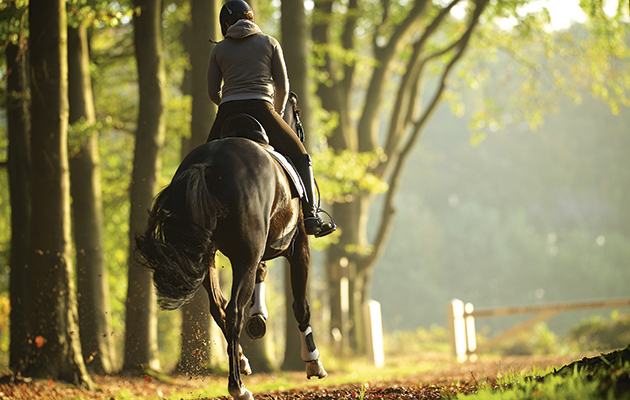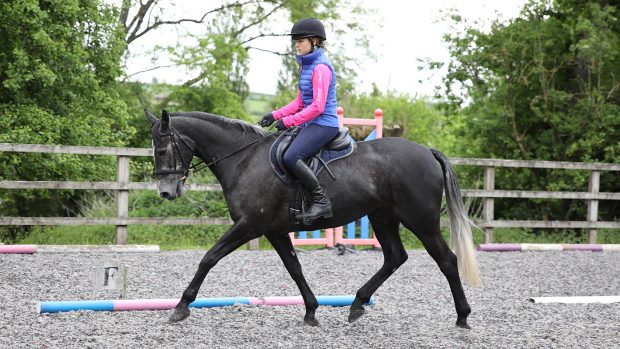Like people, horses become stressed when they feel they cannot control or predict their environment.
In domesticating and training our equines, it is inevitable that they are going to be subjected to some degree of stress at some point in their lives.
Our job is to minimise this through good training and management. Learning how to identify and avoid potentially stressful situations is an important starting point.
To measure stress, scientists look at:
Core eyeball temperature: this is measured using infrared thermography cameras. An increase in core eyeball temperature correlates with stress and fear. This is very useful, as it does not require any equipment on the horse, which in itself can cause stress — the measurement can be taken at a distance. Scientists are currently using this technology to monitor stress levels in horses undergoing in-hand training. It is hoped that, in the future, its use will be extended to ridden work.
Salivary cortisol: cortisol is known as the “stress hormone”. Increased cortisol concentrations are used to quantify stress responses in animal welfare studies. It is most accurately measured in blood, but can also be sampled from saliva, which is less invasive.
Heart rate: heart rate increases as horses become more stressed.
To read the full veterinary article about measuring stress see the current issue of H&H (4 January 2013)
Read more about equine behaviour




